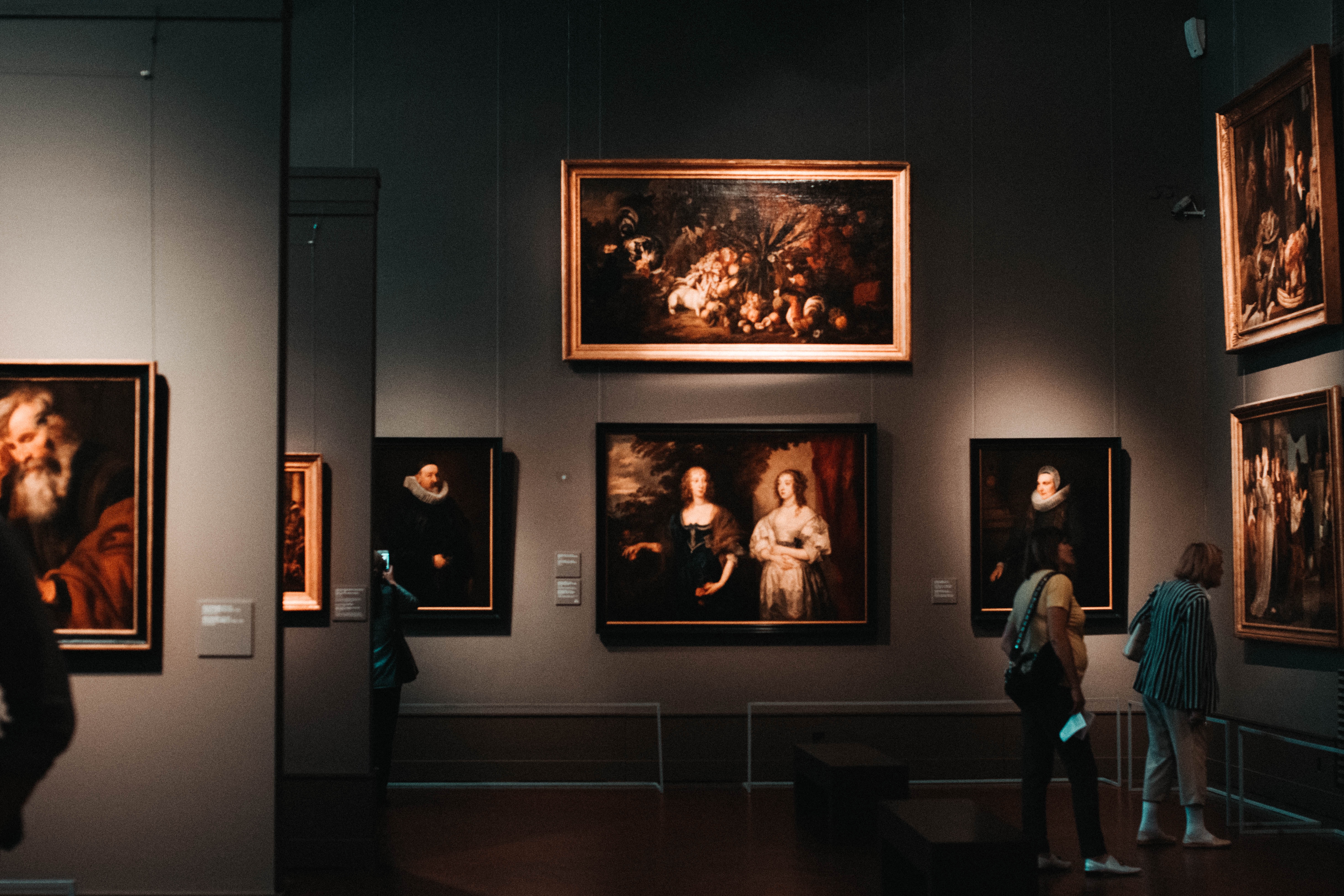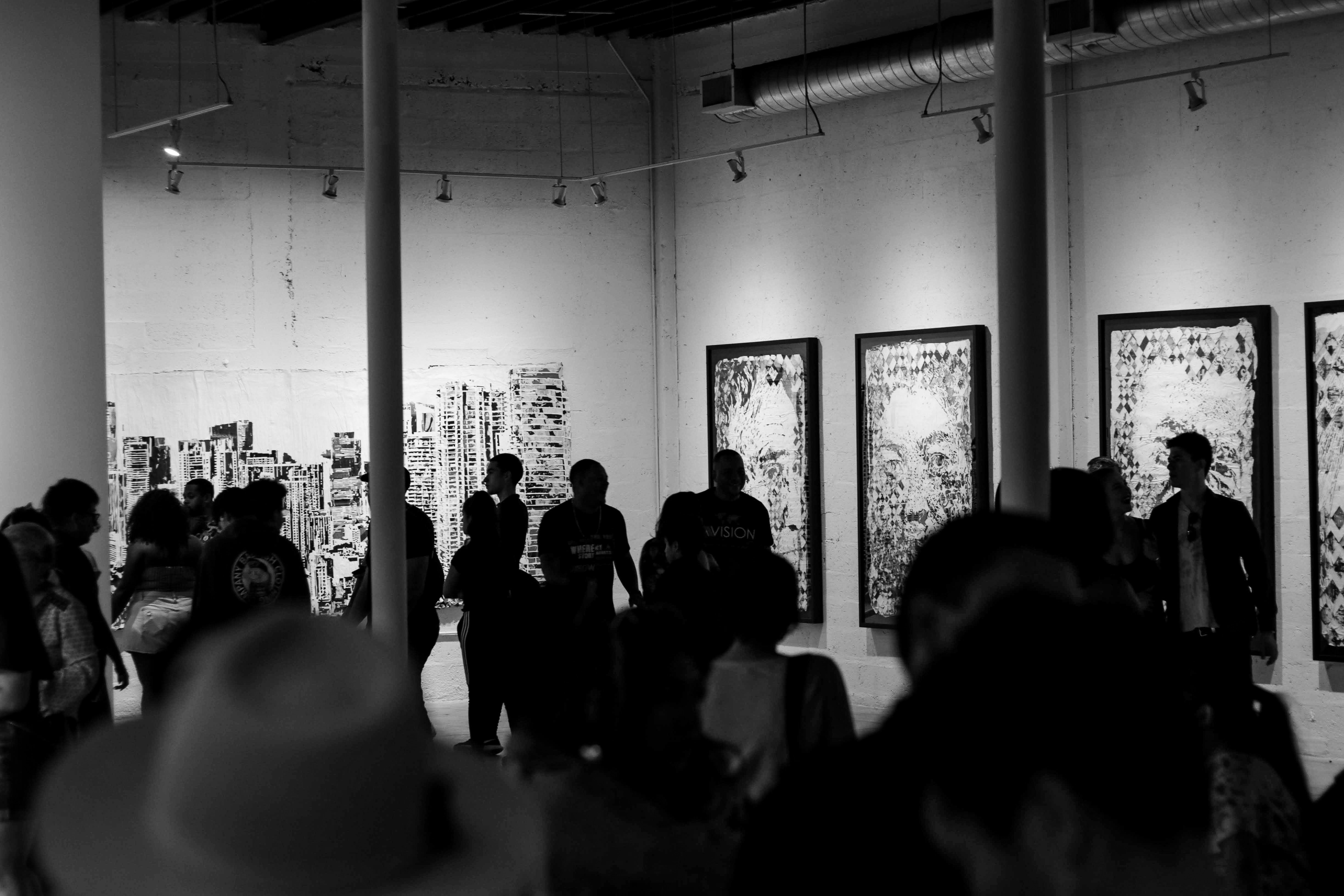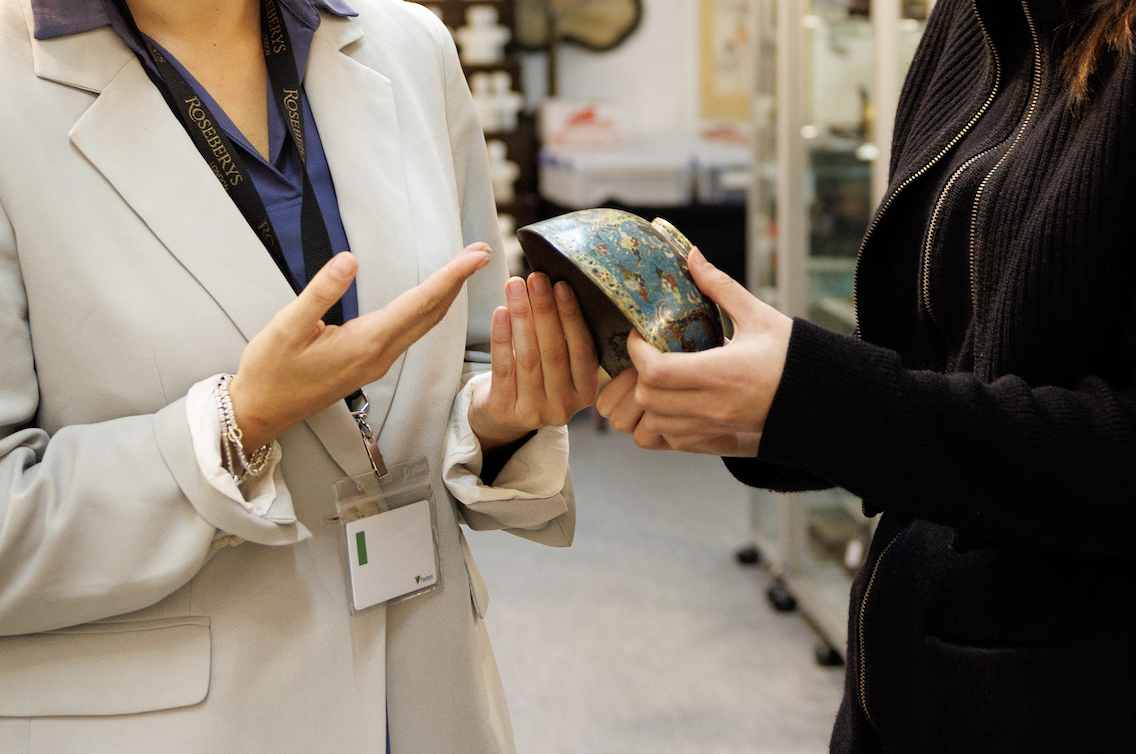What are the Challenges in the Modern Art Market
1. Increased Competition in the Market

2. The Proliferation of Counterfeit Art
3. The Intricacies of Provenance

How to buy at auction? Do Your Due Diligence
When buying art at public auctions, it is crucial to conduct thorough due diligence. Unlike private purchases, consumer protection legislation often provides limited remedies for buyers at public auctions. Buyers must carry out their due diligence before the sale, as it may be too late afterward. Research the artwork, its condition, provenance, and authenticity, and familiarize yourself with the terms and conditions of the auction.
Authenticity and Attribution
Provenance
Inquire about the ownership history of the artwork and identify any gaps in provenance that could conceal historic claims. A complete and fully documented provenance enhances the value of the artwork. Confirm that the artwork has not been recorded as lost or stolen, especially for imported artworks, and ensure the availability of any required export permits.
Condition
Request a condition report from the auction house to assess any repairs or restorations that may have been performed on the artwork. Heavy or incorrect restorations can diminish the value of the artwork.
Price
Obtain a valuation of the artwork and compare market data, especially if it has been recently sold. Consider the additional costs involved, such as buyer's premium, VAT payments, import duties, and potential resale royalties. Keep in mind that the sales estimate in the auction catalog is not the final price.





